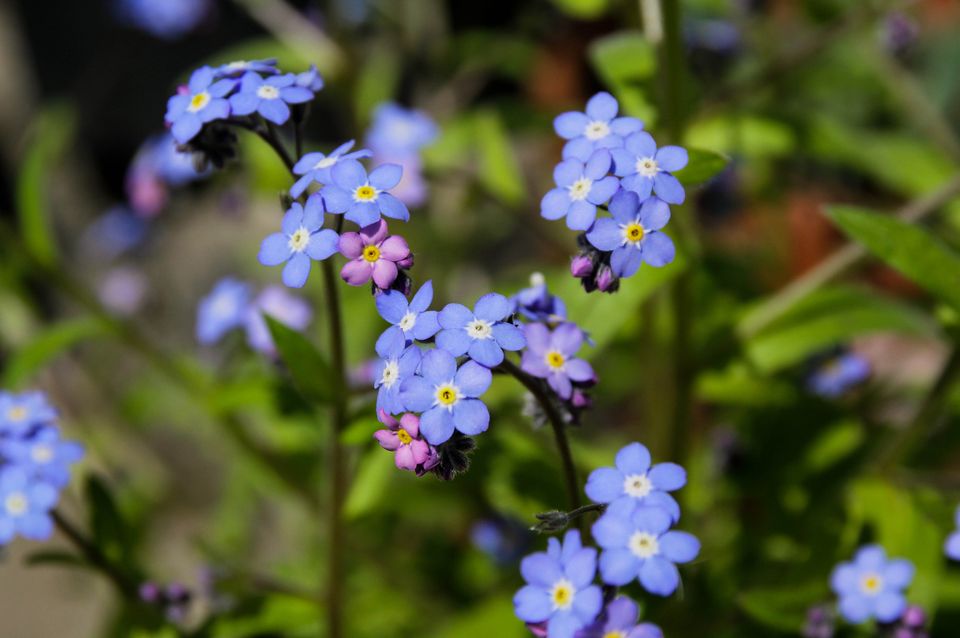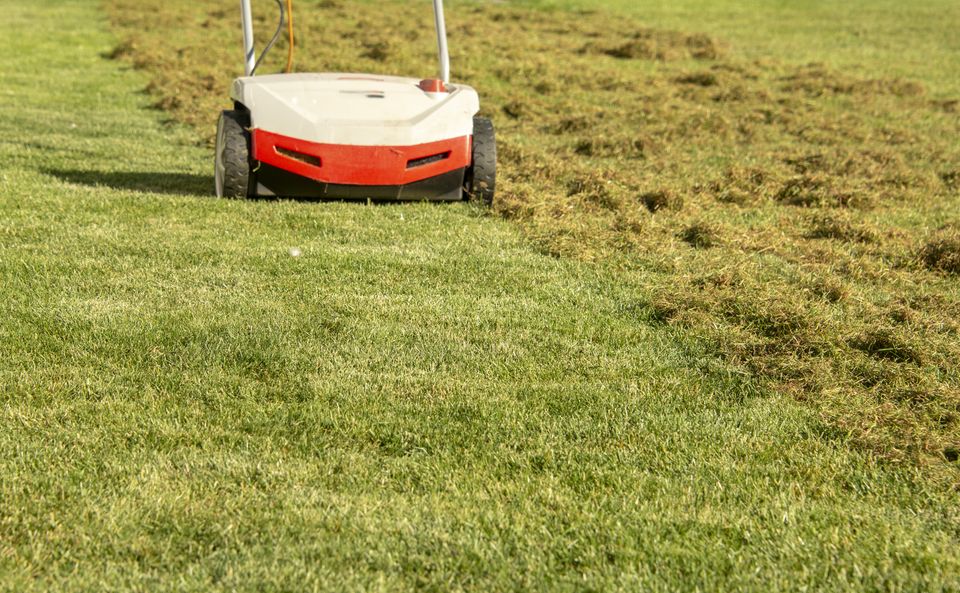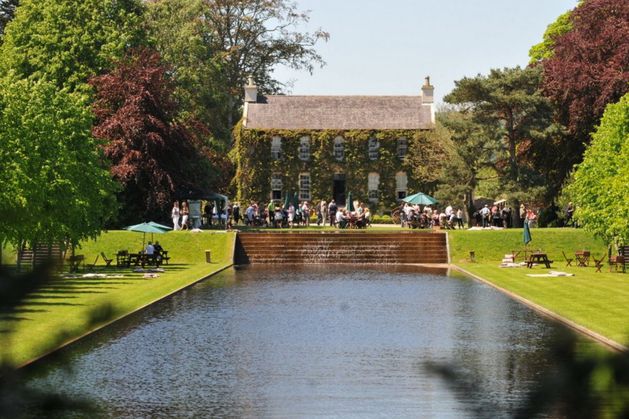From a ‘magical’ dawn chorus walk to the failure of an experimental dry garden, the Ballintubbert event has something for everyone
At its heart is co-founder Minnie Preston, who brings a producer’s flair, a deep belief in the transformative power of nature and gardens, and a wonderfully unpretentious vision of what a modern horticultural festival can be.
“The idea probably began with my brother’s Festival of Writing and Ideas at Borris,” Preston says. “I worked on that when it was still small and it’s always been my favourite thing.”
While she has no formal training in horticulture, Preston’s love for gardens grew alongside her experiences at other garden symposiums. It was at one such event that she met garden designer Catherine Fitzgerald, her eventual co-conspirator in creating Ballintubbert Garden Festival.
“We’d be at these things and thought, ‘What if we made something that appealed to everyone, especially people who wouldn’t normally come to garden talks?’”
The result is a vibrant weekend that feels less like a trade show and more like a weekend gathering of friends and minds. “It’s not just for young people, but it’s about bringing a fresh energy to the subject. We wanted a fun, festively immersive atmosphere. Not a hotel conference room with tea and biscuits.”

Minnie Preston and Catherine Fitzgerald
Ballintubbert House itself adds something special — a backdrop of deep history and abundant nature.
“Cecil Day-Lewis was born here,” Preston says. “He wrote a poem called The House Where I Was Born about the place. John Hurt lived here too, as did Sebastian Shaw, who played Darth Vader.
At its core, Ballintubbert is about the intersection of gardening and nature. “Catherine brings the horticultural depth, and I bring the production side,” Preston says.
The festival’s ethos gently challenges the legacy of control and formality in gardening. “I think there’s been a shift — from gardening as control to gardening with nature. It used to be about neat beds and moral order. Now, it’s about letting a bit of wildness in.
This shift is echoed in the festival’s speaker line-up. “Fergus Garrett will be incredible, of course. Nigel Slater with Rory O’Connell is something I’m hugely excited about. And Sally O’Hanlon, who’s been working in Sheffield and now in Norway, will talk about nature in urban design.”
There’s excitement for Sean Ronayne’s dawn chorus walk, a serendipitous addition that coincides with International Dawn Chorus Day.
“We have so many hedges and mature trees, the birdsong here is incredible. That walk will be magical.”
Among the other speakers that Preston is looking forward to hearing from is a mushroom expert. “I am really looking forward to Giuliana Furci, founder of the Fungi Foundation, talking with Merlin Sheldrake. Giuliana’s contagious enthusiasm and spirit for life is invigorating.
“And having Johnny Flynn playing music in the evening on Saturday stretches the topic of nature in another direction.”
One thing Preston is especially proud of is that the festival creates space for honest dialogue. “It’s not glossy. Someone like Edward Shackleton might talk about using a chemical once — and that sparks a real conversation. We can’t all pretend we live Instagram lives.”
That candour extends to the scale and complexity of some projects. “Tom Stuart-Smith and Peter Sisseck — a Danish winemaker in Spain — have been working for over a decade on a dry garden. It’s biodynamic and organic, but a lot of plants died. They’re going to talk about failure as part of learning.”
With no major backers behind them — “we’ve a little EU support, but that’s it” — Preston admits launching a festival like this is scary. “It’s a punt. And the second year is harder. Someone said to me, ‘Now you’ve got to write the second album.’”
But they’ve done it. “I think this year’s line-up is even better. We just have to hope people find it.”
Still, it’s not just about numbers. “Last year, 700 people came. And we realised — everyone left with something good. And that’s enough to keep going.”
Festival Of Gardens and Nature takes place from May 3-4
Plant of the week
Myosotis sylvatica
Myosotis sylvatica
This pretty spring flower with its rich blue blossoms is also known as forget-me-not, a symbol of love and remembrance. Each tiny flower has five sky blue petals with a yellow eye to the centre. Bees and butterflies enjoy it as source of pollen and nectar so it’s great for a wildlife-friendly garden. It’s a biennial, which means if you sow seeds now, you’ll get foliage this year and flowers next year. It loves to self-seed so, once established, you’ll have plenty. Grow in moist, well-drained soil in sun or partial shade.
Reader Q&A
Could you please tell me the best time to scarify a lawn — the beginning of the growing season or towards the end?

Now is a good time to scarify lawns
Right now at the beginning of the season is a good time as the grass can recover quickly. It’s a beneficial process for the lawn but it can look a bit raggedy initially. I’d avoid doing it during the summer as the grass can be under stress anyway due to heat and lack of moisture. Otherwise wait until early autumn.
Submit your gardening questions to Diarmuid via his Instagram @diarmuidgavin using the hashtag #weekendgarden

